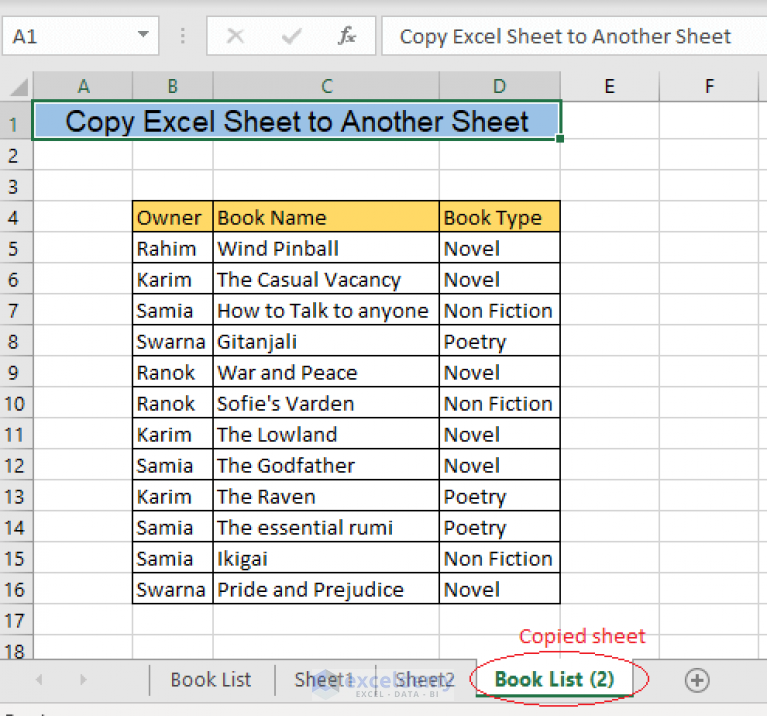3 Simple Steps to Copy Excel Sheets to Word

Transferring data between Microsoft Excel and Microsoft Word is a common task for many professionals, whether you're compiling reports, creating presentations, or maintaining logs. Knowing how to effectively copy Excel sheets into a Word document can save time and ensure accuracy. This post will guide you through three simple steps to transfer Excel data into Word seamlessly.
Step 1: Prepare Your Excel Data

Before you start transferring your data:
- Ensure your Excel sheet is organized, free of unwanted data, and all necessary formatting is applied.
- Check if any formulas need to be converted into static values if you don’t want the data to change in Word.
📝 Note: To convert formulas to values, you can copy the cells, then use Paste Special > Values in Excel.
Step 2: Copy Your Excel Sheet

Once your data is ready, follow these steps:
- Select the range of cells or the entire worksheet in Excel.
- Right-click and choose ‘Copy’, or press Ctrl + C.
- Open Microsoft Word or switch to an existing document where you want to paste the data.
The key here is to decide how the data should appear in Word. You have several paste options:
| Option | Description |
|---|---|
| Paste | Simple paste, with formatting from Excel. |
| Paste Special | Provides various formats like HTML, Picture, and so on. |
| Link & Use Destination Styles | Embeds the Excel data with Word’s formatting, keeping it linked to the source. |

Step 3: Paste Your Excel Data into Word

Choose the most appropriate paste option based on your needs:
- Paste (Ctrl + V or right-click > Paste): This option maintains the Excel formatting but the data will not update automatically.
- Paste Special (Ctrl + Alt + V or right-click > Paste Special): Here, you can select:
- HTML Format - which is suitable for retaining formatting.
- Picture - for embedding as an image; changes in Excel won’t reflect.
- Linked Spreadsheet - to keep the document connected to your Excel file.
- Link & Use Destination Styles: This method embeds the data as a linked object, using Word’s formatting.
📝 Note: If you choose to link, any changes made in Excel will update in Word automatically, making it convenient for live documents.
Now, you've successfully copied and pasted your Excel sheet into Word. Here are some final considerations:
- If the data is for presentation, ensure it looks professional in Word.
- Check if Word's automatic table formatting needs adjustment to match your document's style.
- Consider the file size if you're embedding a large amount of data or images.
The process of transferring data from Excel to Word is straightforward, yet it's crucial to maintain data integrity, format consistency, and consider future updates. With these steps, you can efficiently incorporate Excel sheets into Word documents, enhancing your workflow and document presentation.
Can I embed an Excel sheet into Word without linking it?

+
Yes, you can embed an Excel sheet without linking it by choosing ‘Paste Special’ and selecting ‘Picture’ or ‘HTML Format’. The data will be static and won’t update with changes in the original Excel file.
What if I need to edit the Excel data directly from Word?

+
Embed the Excel sheet using ‘Link & Use Destination Styles’ or ‘Linked Spreadsheet’ from Paste Special. Double-clicking the embedded data will open Excel, allowing you to edit it directly.
Will the data from Excel retain its formatting when pasted into Word?

+
It depends on the paste option you choose. Using ‘Paste’ or ‘HTML Format’ will generally retain the formatting. However, Word might adjust the formatting to fit its default style unless you use ‘Keep Source Formatting’ in the Paste Special dialog.